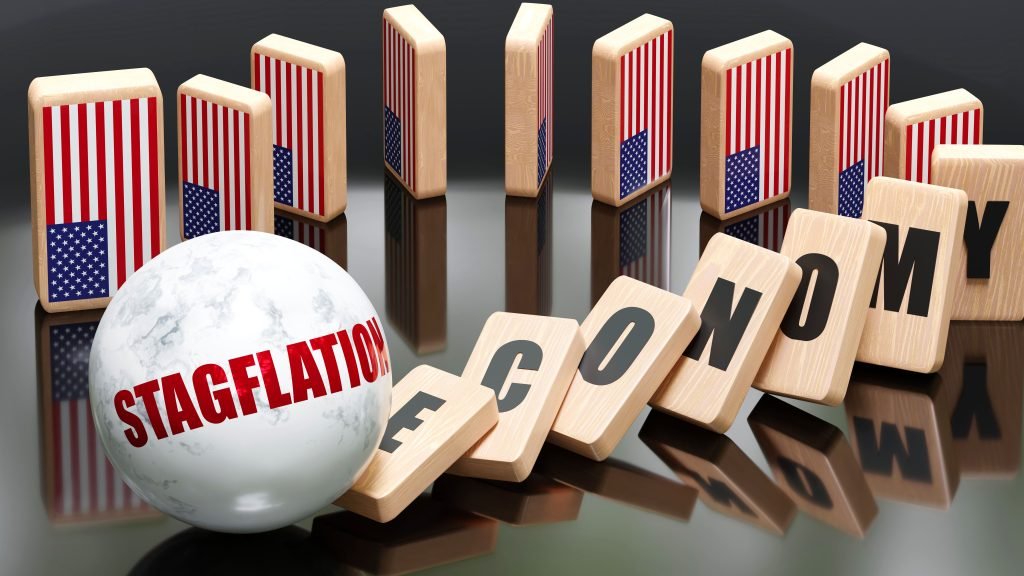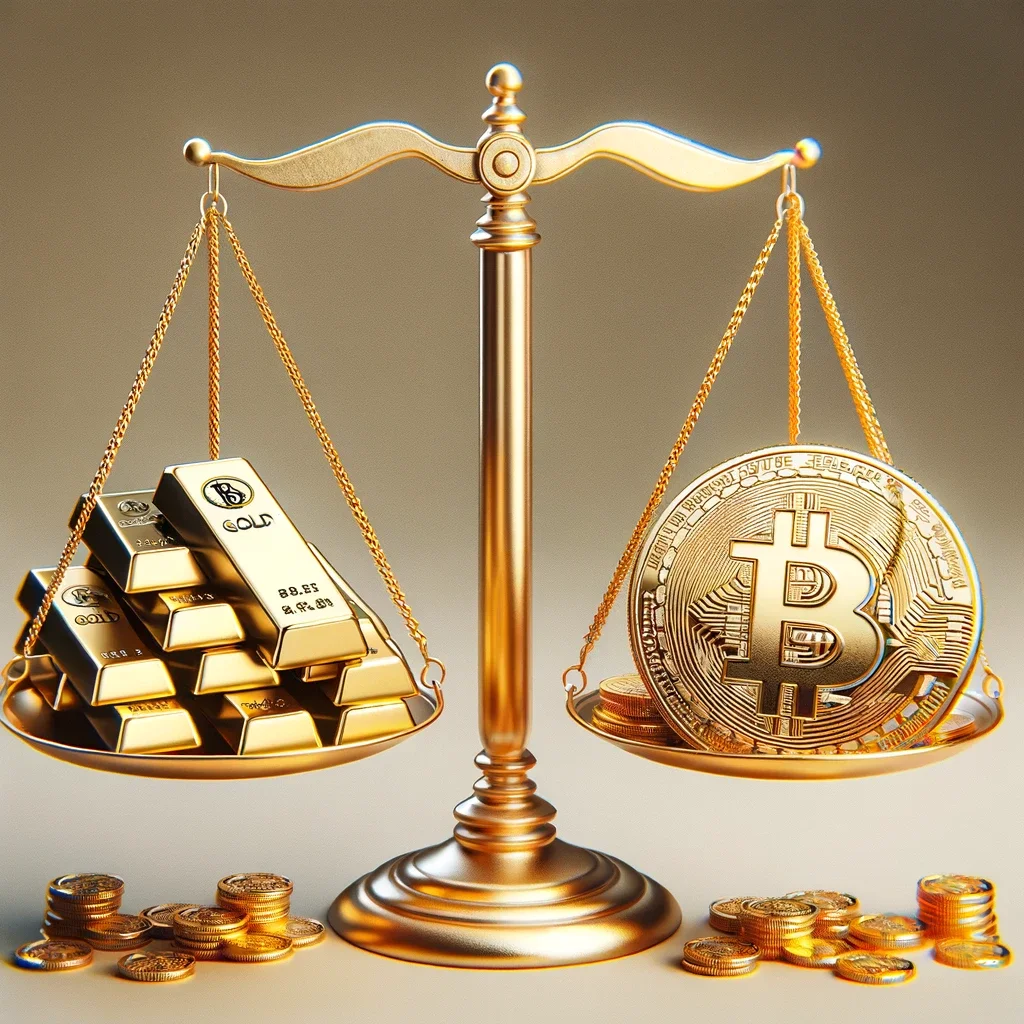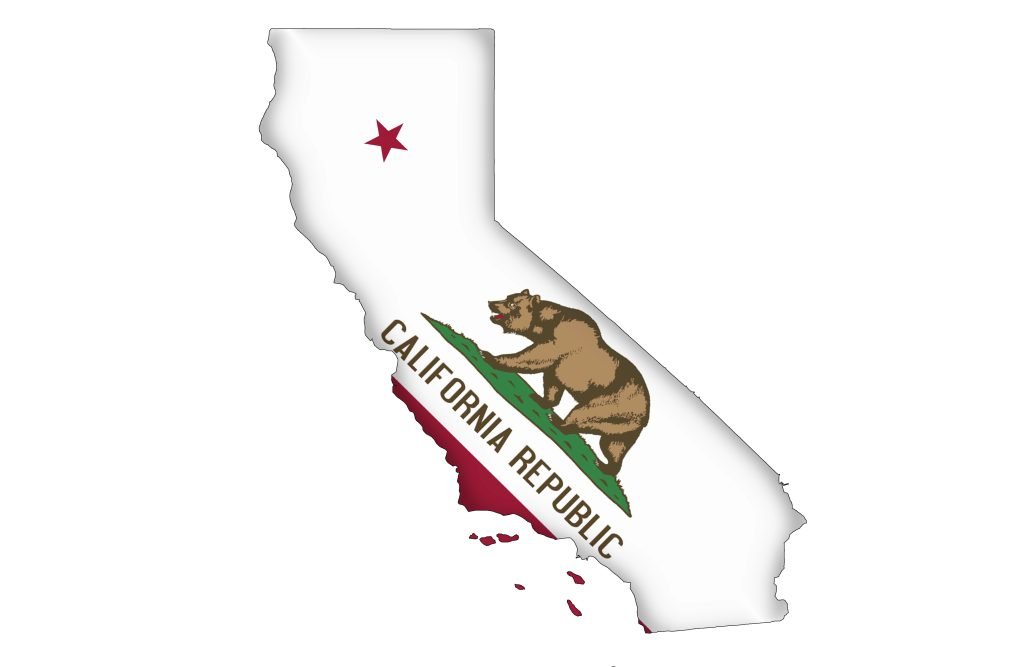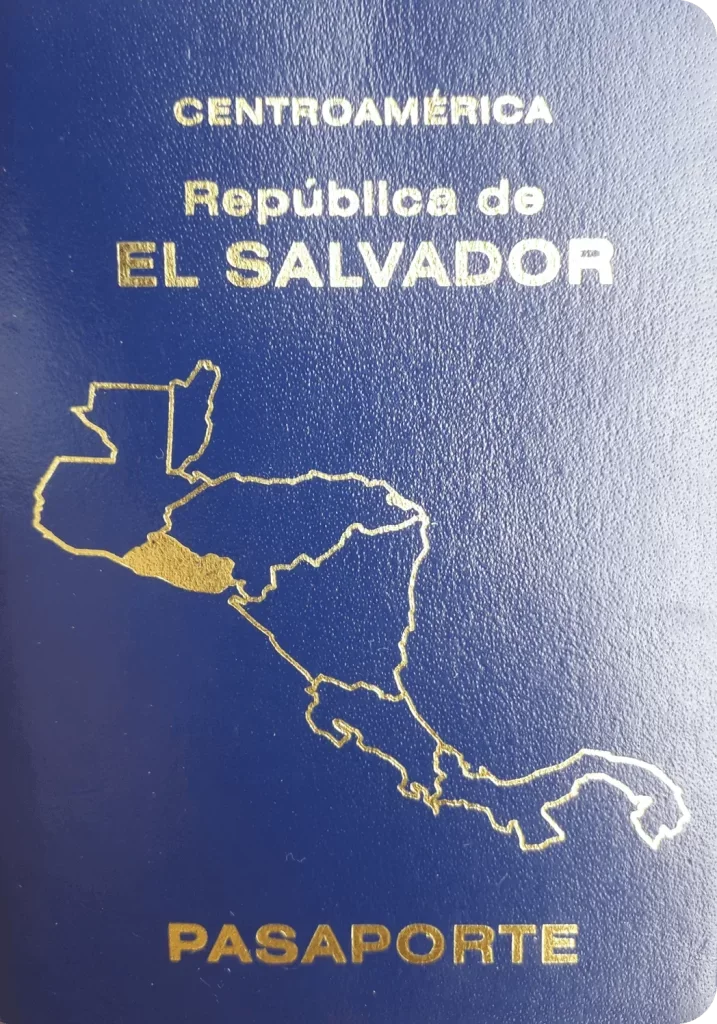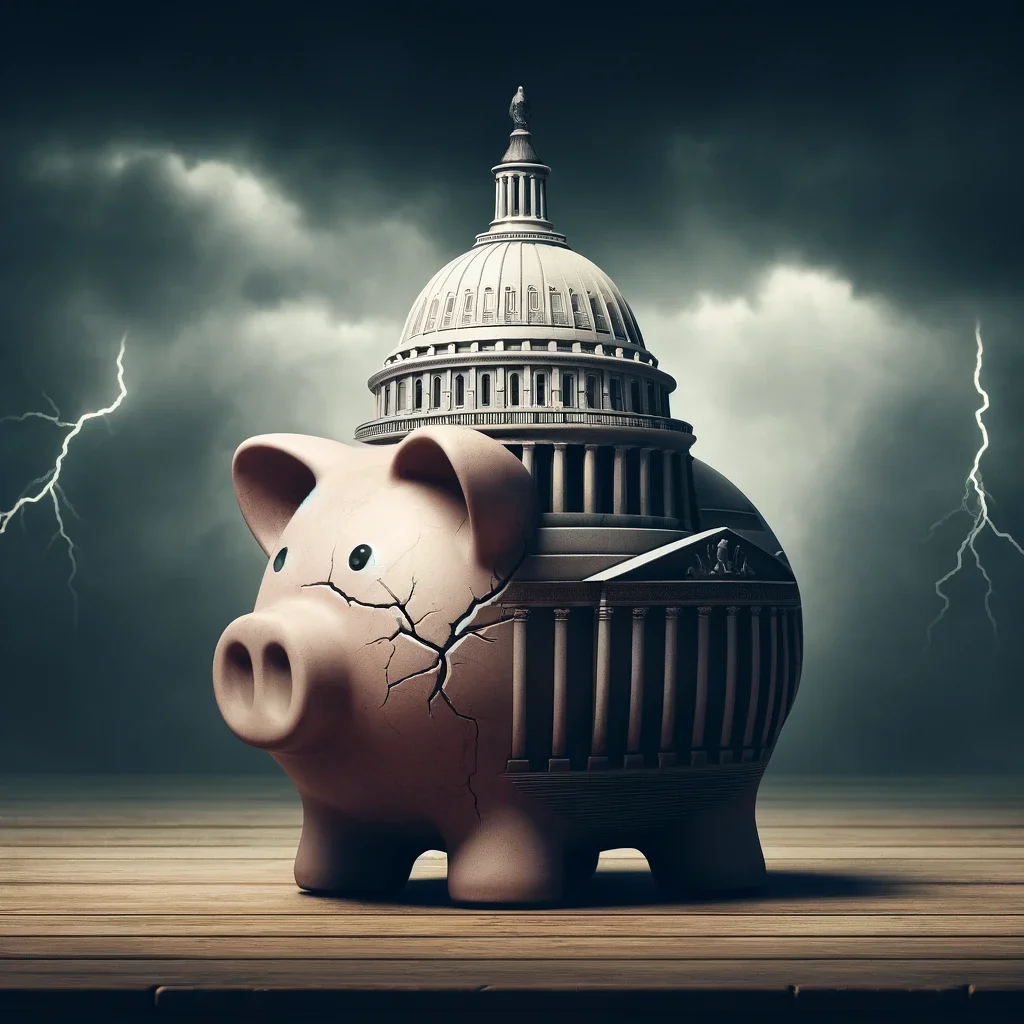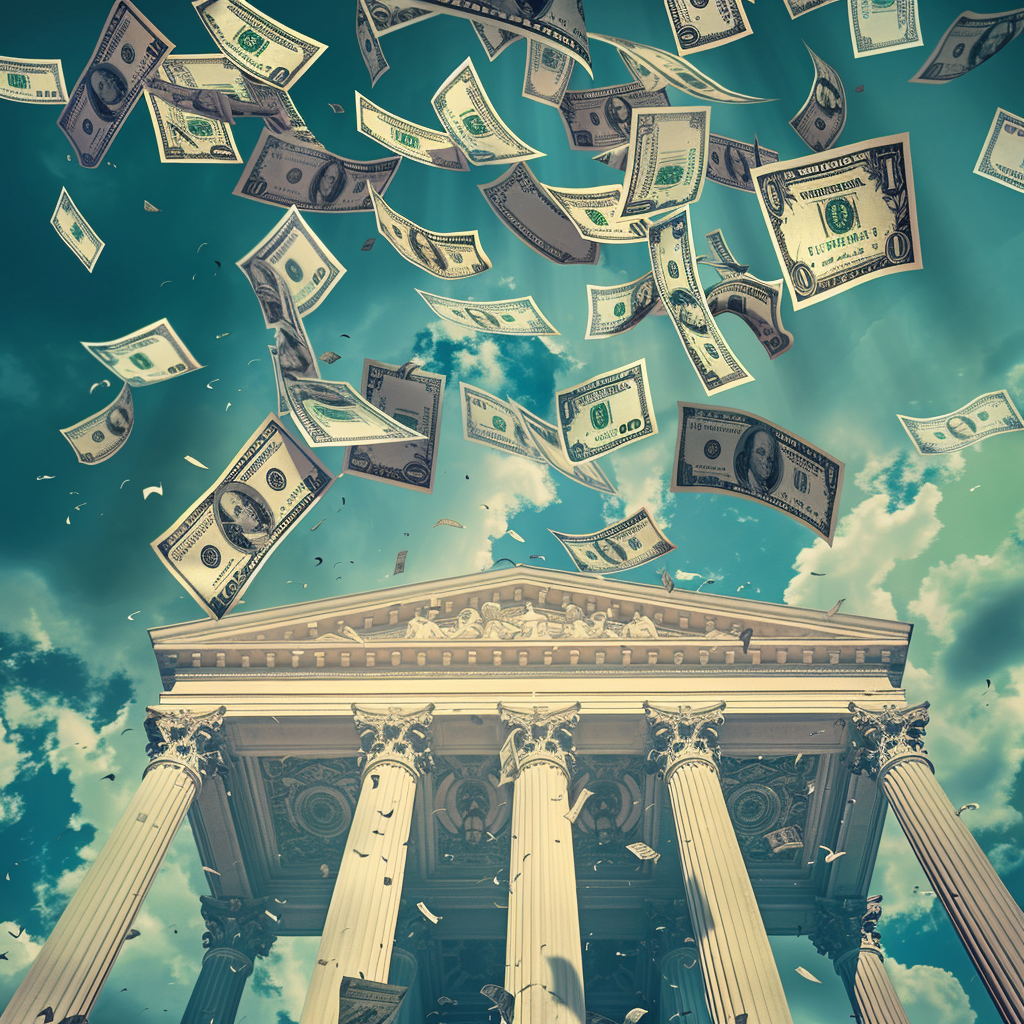It’s my usual custom whenever I land at a major airport to stop by the rental car counters and inquire how much it costs to rent a vehicle.
For me this is a sort of informal, albeit imperfect, economic indicator.
High prices suggest strong demand from plenty of business travelers and tourists, which will likely have a positive economic impact.
Cheap prices, conversely, suggest that there’s something wrong.
Well, there’s definitely something wrong in Mexico.
When I stopped by the counter the other day at Mexico City’s airport, I was stunned to learn that my rental car would cost a whopping $1 per day.
$1.
I’m serious, that’s not a type-o. I’m not missing any zeros.
$1 was the daily rate to rent a full-size Mercedes C Class vehicle. It was unbelievable; the car depreciates more than that in a couple of hours.
And the rest of my experience in Mexico has been similar.
Food costs nothing. Rent costs nothing. Everything is just astonishingly cheap… if you’re spending US dollars.
In Mexican peso terms, prices have actually gone up a bit.
But because the peso has lost more than 25% of its value against the US dollar over the past two years (most of that since the November US Presidential election), foreigners get an unbelievable deal here.
This is an anomaly that absolutely will not last.
When I went to Russia last summer at a time when the ruble was just under 70 per dollar (versus its long-time average of 35), I told you that the Russian ruble was unsustainably cheap.
So cheap, in fact, that some of the ruble coins were worth less than their metal content.
Similarly, I wrote to you from South Africa a number of times when the rand had reached an ALL-TIME low against the US dollar and was also unsustainably cheap.
Neither of these anomalies lasted; both currencies are up more than 20%.
It’s highly unlikely that Mexico will stay this cheap indefinitely, and why my analysts and I are looking at assets in the country.
Note- I’m not recommending that you buy anything in Mexico, or even the currency. I don’t even like currency speculation.
I primarily want to point out that there can often be very lucrative opportunities whenever something becomes unsustainably cheap.
Last week I wrote to you a few times about how OVERVALUED, i.e. unsustainably expensive, the US stock market has become.
Big companies have been borrowing billions of dollars to artificially inflate their stock prices and manufacture phony dividends.
And the average company in the S&P 500 now trades at a multiple of 26.5x its annual profits— 70% higher than the long-term average of 15.6.
What’s even more interesting is that Vanguard, the investment management company famous for its low-cost mutual funds, announced two weeks ago that it just hit $4 TRILLION in total assets under management.
This suggests retail investors are piling into the stock market at its all-time high.
Again, few people ever became rich buying what’s popular.
One alternative is to buy what’s UNPOPULAR, i.e. high quality assets that are unsustainably cheap.
In real estate, for example, I always look for properties that are selling for less than the cost of construction.
(We’ve found a number of these in Mexico– Sovereign Confidential members, stay tuned.)
With stocks, we look for profitable companies whose share prices have been beaten down by the market to absolutely absurd levels.
As I explained in a podcast last month, I look for well-managed companies with minimal debt that have a low, single-digit multiple of Enterprise Value to Free Cash Flow.
Our Chief Investment Strategic Tim Staermose is even more strict, sniffing out companies that are selling for less than the amount of cash they have in the bank.
One example we’ve cited in the past was an Asian company called Nam Tai, which had a $261 million bank balance, plus another $200+ million in real estate assets.
Yet the market value of the company was just $204 million– $57 million LESS than the company’s bank balance.
At that ratio it was like buying a dollar for 78 cents.
And, unsurprisingly, Tim and his subscribers doubled their money.
His latest is even more extreme– a profitable Japanese company that pays a healthy 3.6% dividend, yet is selling for an astonishing 48% discount to its bank balance.
It’s like buying a dollar for less than 59 cents.
Even if the stock price simply returns to parity with its net cash, we’re looking at a potential 70% return. Plus we get paid 3.6% while we wait.
But the most important part of this deep value strategy isn’t the prospective returns. It’s the “risk-adjusted” return.
Even though stocks are overvalued and at their all-time highs, it’s possible the market goes up another 20%. Perhaps even 50%.
However it’s also possible it drops 40% or more. At this level the “risk-adjusted” return is not especially compelling.
But if you buy a dollar for 59 cents, i.e. shares of a healthy, well-managed, profitable company whose share price is unsustainably cheap, then most of the downside has already occurred.
This is why deep value investing is a sensible, long-term strategy: you reduce your downside risk while leaving the door open for plenty of upside.
It’s a great alternative to buying expensive, popular investments.
All it requires it requires is a bit of education (try Benjamin Graham’s The Intelligent Investor) and the willingness to put in the work.


